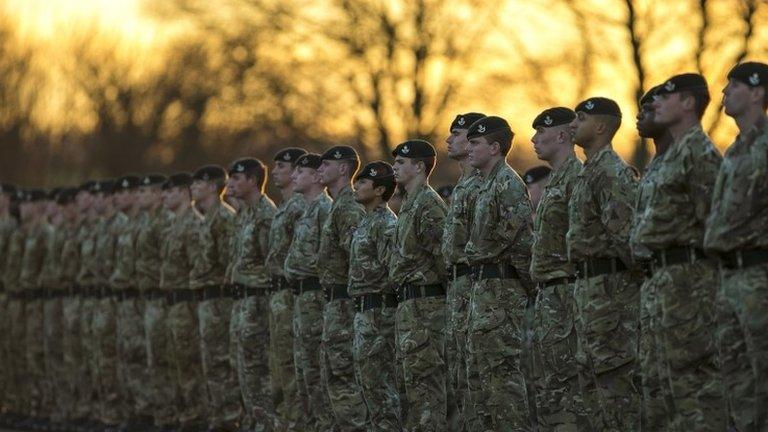Defence equipment plan 'at risk', say MPs
- Published
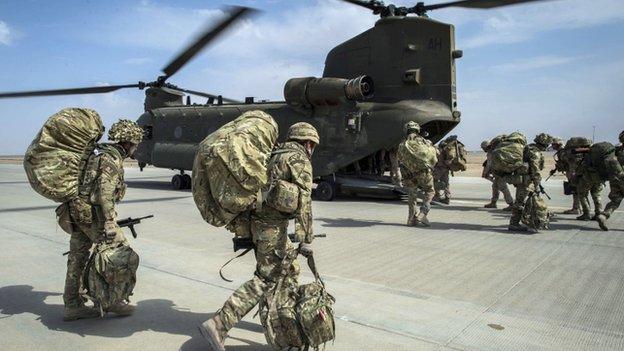
The MPs said money would have to be taken from elsewhere in defence to make up any funding shortfalls
The Ministry of Defence's equipment plan is at "real risk" from cost overruns and potential spending cuts, an influential group of MPs has said.
The Public Accounts Committee said the department had admitted its 10-year plan may cost at least £5.2bn more than the £163bn forecast.
It also raised concerns about the MoD's assumptions that its funding would increase over the coming years.
The government said the committee's concerns were "overstated".
Defence Secretary Michael Fallon said the equipment plan, which runs from 2014 to 2024, was "realistic and affordable".
David Cameron has come under pressure from many of his own Conservative backbenchers to commit a future Conservative government to meeting Nato's target of spending 2% of GDP on defence.
The government has said a post-election spending review would set defence expenditure after 2016.
'Not confident'
In a report published on Friday the cross-party group of MPs welcomed the "progress" the MoD had made in "getting to grips" with its defence budget and military equipment costs.
But it warned that the department would have to cut the amount of equipment it buys or take money from elsewhere in the defence budget if it did not get the equipment budget it was planning for.
"The department admits that the costs of its £163bn plan could be understated by at least £5.2bn - a figure that could grow as it develops a better understanding of the support costs involved," chairwoman Margaret Hodge, a Labour MP, said.
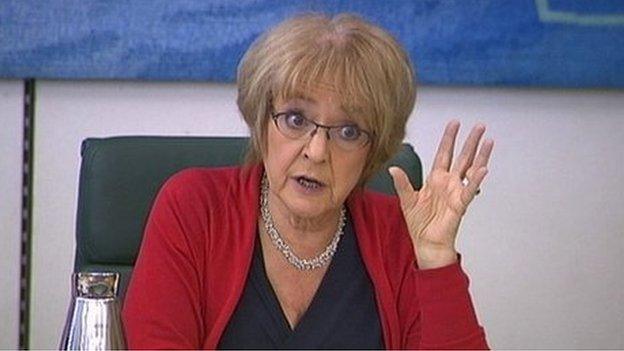
Mrs Hodge's committee raised concerns about the affordability of the equipment plan
"If this turns out to be the case, the department's contingency of £4.6bn will not be sufficient and the department would need to draw on funds it has set aside to deliver other military capabilities."
The committee also expressed concern that the MoD had made assumptions in its budget that it would receive "1% above inflation increases" in funding for its equipment plan over the next decade.
But it cautioned that this was likely to be challenged in future spending and strategic defence and security reviews.
"If it receives future funding cuts, this could impact on capability unless sufficient efficiencies can be made to compensate," Mrs Hodge said.
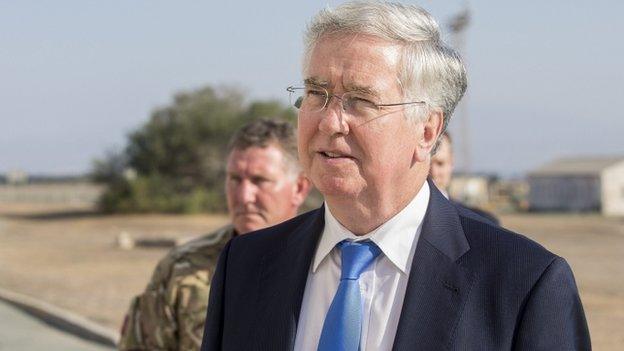
Mr Fallon said the £163bn would be spent on "cutting edge equipment"
The MPs also said it was "not confident" the department would be able to deliver the £4.1bn efficiency savings required, £800m of which it said had yet to be identified.
Despite years of reform to Defence Equipment and Support (DE&S), which buys and maintains military equipment, it still lacked the necessary skills and was too reliant on expensive contractors, the report said.
In 2013-14, it spent £480m - or some 37% of its costs - on filling skills gaps with contractors, according to the MPs.
Mrs Hodge said it was "ironic" that the department was planning to spend £250m on contractors to advise on how it can reduce its over-reliance on them.
She warned that the DE&S must improve its skills otherwise it risked undermining the department's efforts to improve control over its finances.
'On track'
Defence Secretary Michael Fallon said the £163bn plan was "a landmark investment" and welcomed the acknowledgement the MoD had got on top of its budget and military equipment costs.
But he added: "The committee's concerns on costs are overstated - our major project costs were reduced by £400m last year and we are confident of delivering the further savings.
"For the third consecutive year, we have a realistic and affordable equipment plan with substantial contingency funding."
He said changes to DE&S were enabling the department to "recruit and retain people with the right skills to manage major procurement projects and ensure good value for the taxpayer".
As part of the government's Army 2020 proposals, it is committed to reducing the size of the regular Army to 86,000 and doubling the number of reservists to 30,000.

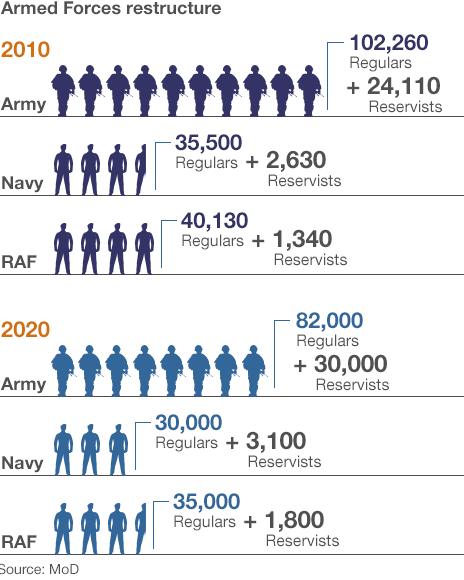

But the committee said "real risks remain" to the plan, and called on the MoD to set out how it intended to address any shortfall in recruiting numbers.
Mr Fallon insisted the plans were "on track", however.
"Recruitment is moving in the right direction - the number of Army reserve new entrants enlistment in the first nine months of the financial year is 2,270, up 120% on the equivalent period last year," he said.
- Published10 March 2015
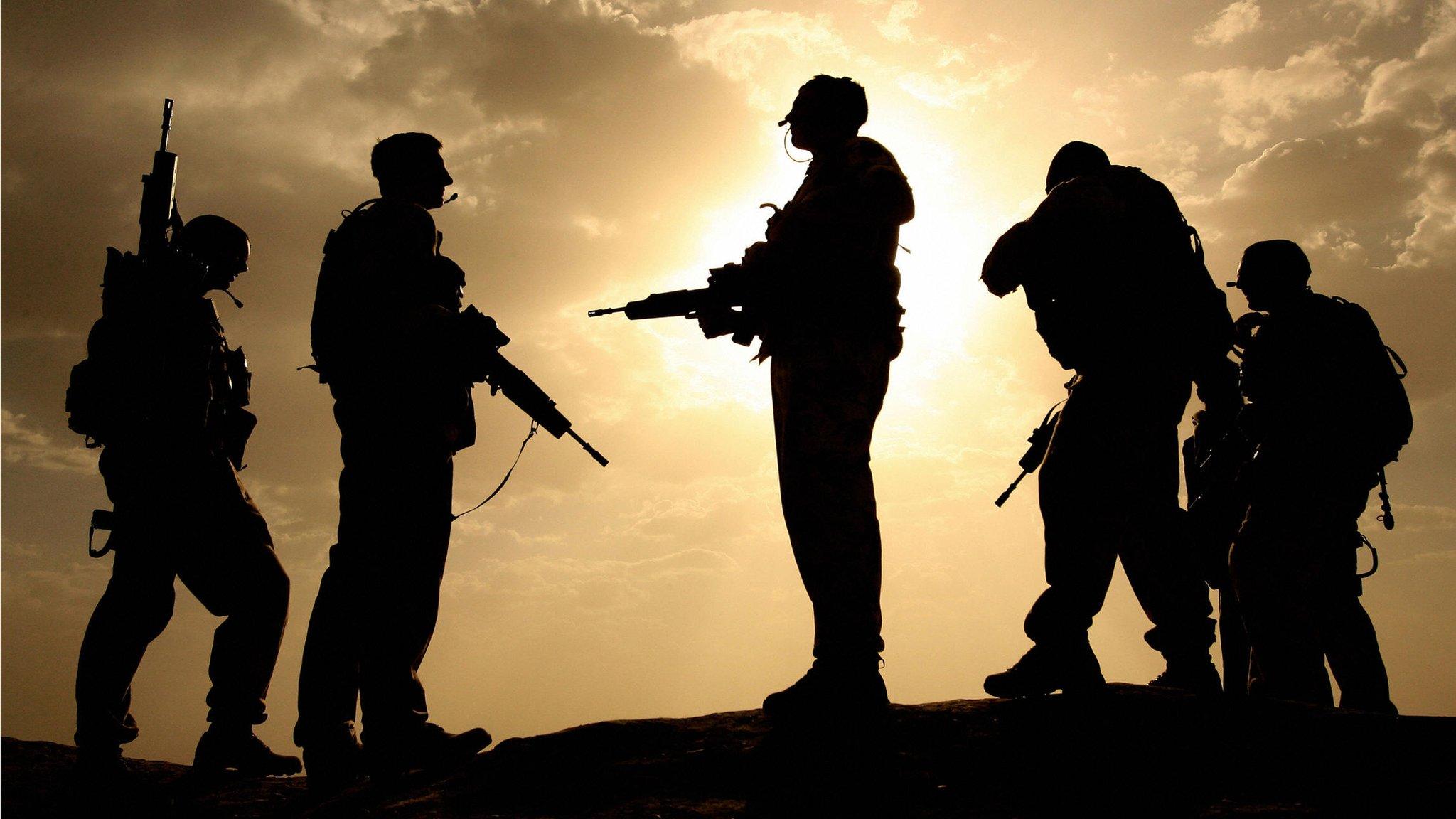
- Published9 March 2015
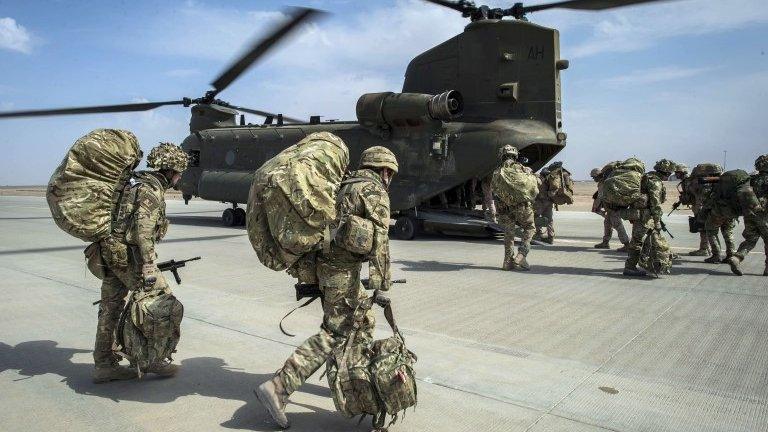
- Published14 July 2014
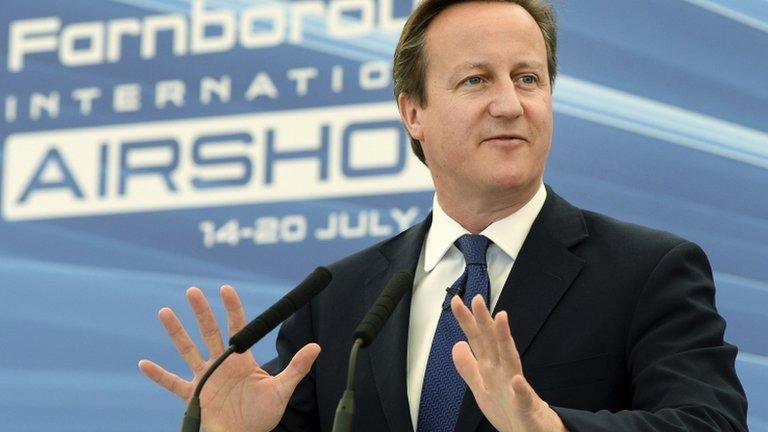
- Published13 February 2014
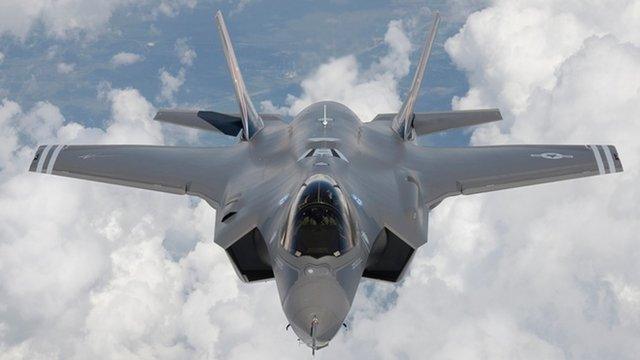
- Published16 January 2014
